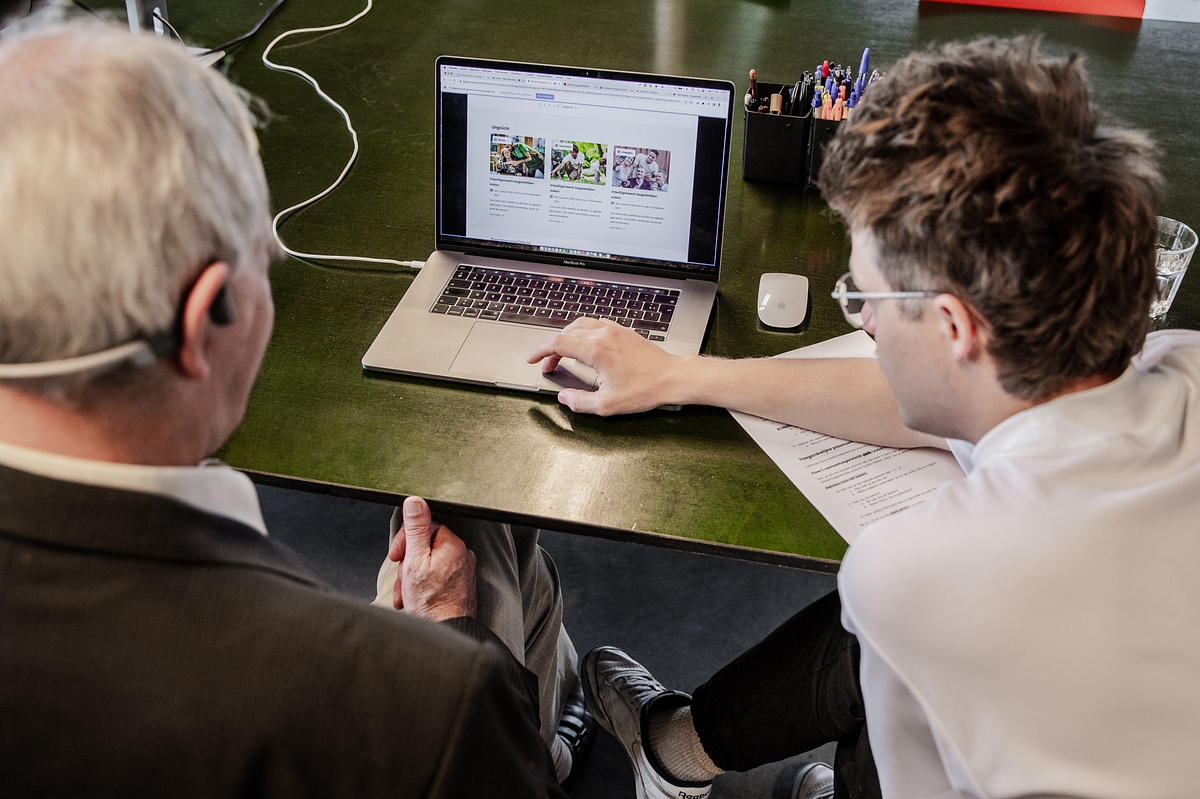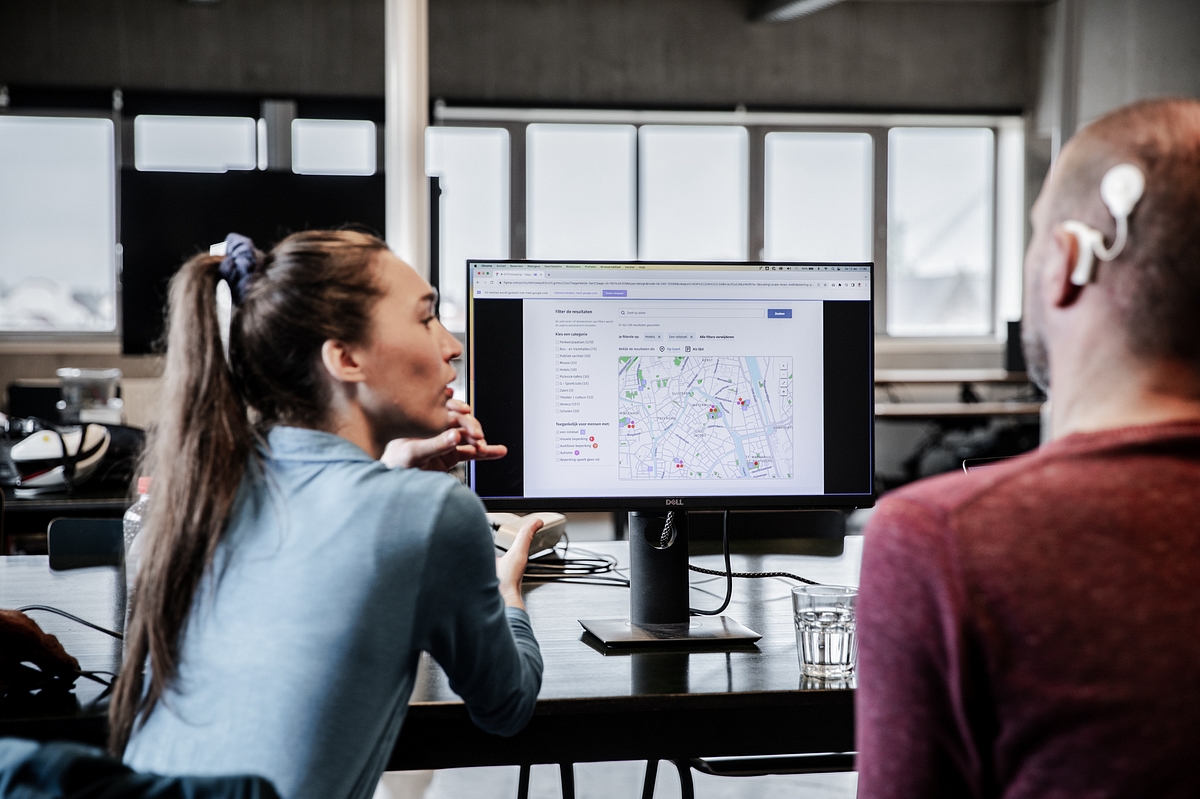
Why SEO and accessibility are two sides of the same coin
"We'll fix accessibility after we nail our SEO." If you've ever heard this (or said it), you're operating on outdated logic.
The European Accessibility Act (EAA) is pushing businesses to make their websites more accessible, but here's the plot twist: those accessibility improvements are exactly what search engines have been asking for all along.
It's time to stop seeing accessibility and SEO as separate challenges. They're solving the same problem: making content understandable to everyone—human or machine. In this article, we’ll explain how accessibility and SEO go hand in hand, and why you need to start thinking about them as being two sides of the same coin.
A false divide
For too long, businesses have treated accessibility and SEO as separate checkboxes on their website launch lists. Accessibility gets tagged as "something for screen readers," while SEO becomes a game of pleasing Google's algorithms. But this divided thinking is holding us back.
Think about what makes a website truly accessible. It needs clear, logical headings that help users navigate content. It requires descriptive alt text that explains what images are about. It demands a coherent structure that guides visitors through your pages. Sound familiar? These are exactly the elements that search engines look for when deciding how to rank your site.
Search engines are essentially trying to understand your content the same way a human would. They can't see images without description. They can't understand importance without hierarchy. They can't follow navigation without clear structure. In other words, Google faces many of the same challenges as users with disabilities.
Here's where it gets interesting.
When Google updates its algorithm to better understand websites, it's often pushing for the same things that accessibility advocates have been requesting for years. Clean code. Clear structure. Meaningful content. Logical navigation. These aren't separate sets of requirements—they're the same principles viewed through different lenses.
Scroll gallery



Shared goals, different lenses
When we strip away the technical jargon and compliance requirements, both A11Y and SEO are really about one thing: making sure people can find and understand your content.
Thankfully, there’s good news. When you optimise for one, you automatically improve the other. Every time you make your content more accessible to people with disabilities, you're also making it more understandable to search engines. When you structure your content for better SEO, you're creating a more navigable experience for everyone.
This is why the goals align so perfectly. Both accessibility and SEO demand:
- Content that's easy to discover (whether through search engines or navigation)
- Information that's clearly structured (whether for crawlers or screen readers)
- Text that's easy to understand (whether for humans or algorithms)
- Media that's properly described (whether for visual search or alternative text readers)
The EAA isn't just pushing us toward better accessibility—it's inadvertently pushing us toward better SEO practices too. When you make your content more accessible, you're also making it more discoverable, more understandable, and more valuable in the eyes of search engines.
Is your website accessible?
The hidden opportunity
EAA compliance isn't optional. Soon, failing to meet accessibility requirements won't just hurt your search rankings—it could lead to legal consequences. However, focusing only on compliance means missing the bigger opportunity.
In Europe alone, over 100 million people live with some form of disability. That's not a niche market—it's a massive audience you might be accidentally excluding. What’s more, accessibility improvements benefit everyone.
Better structure means higher engagement. Clearer content means better conversion rates. When your website is both accessible and SEO-optimised, you're creating a better user experience that drives real business results. If you’re considering developing a new website, remember that including these features from the start is always cheaper than retrofitting them later.
Looking forward
The future of web development isn't about choosing between accessibility and SEO—it's about recognising that they're both essential parts of creating websites that truly work. We're moving toward a web where "good SEO" and "good accessibility" are simply called "good design." A web where we don't need to convince businesses to invest in accessibility because it's baked into every decision from day one.
So, next time you're planning a website update, stop thinking about A11Y and SEO as separate tasks on your checklist. Instead, ask yourself: "How can I make this content clearer, more findable, and more usable for everyone?" Because in the end, that's what both search engines and users are looking for.
Considering developing a new website or updating your current one? If so, get in touch to learn how we can help.




